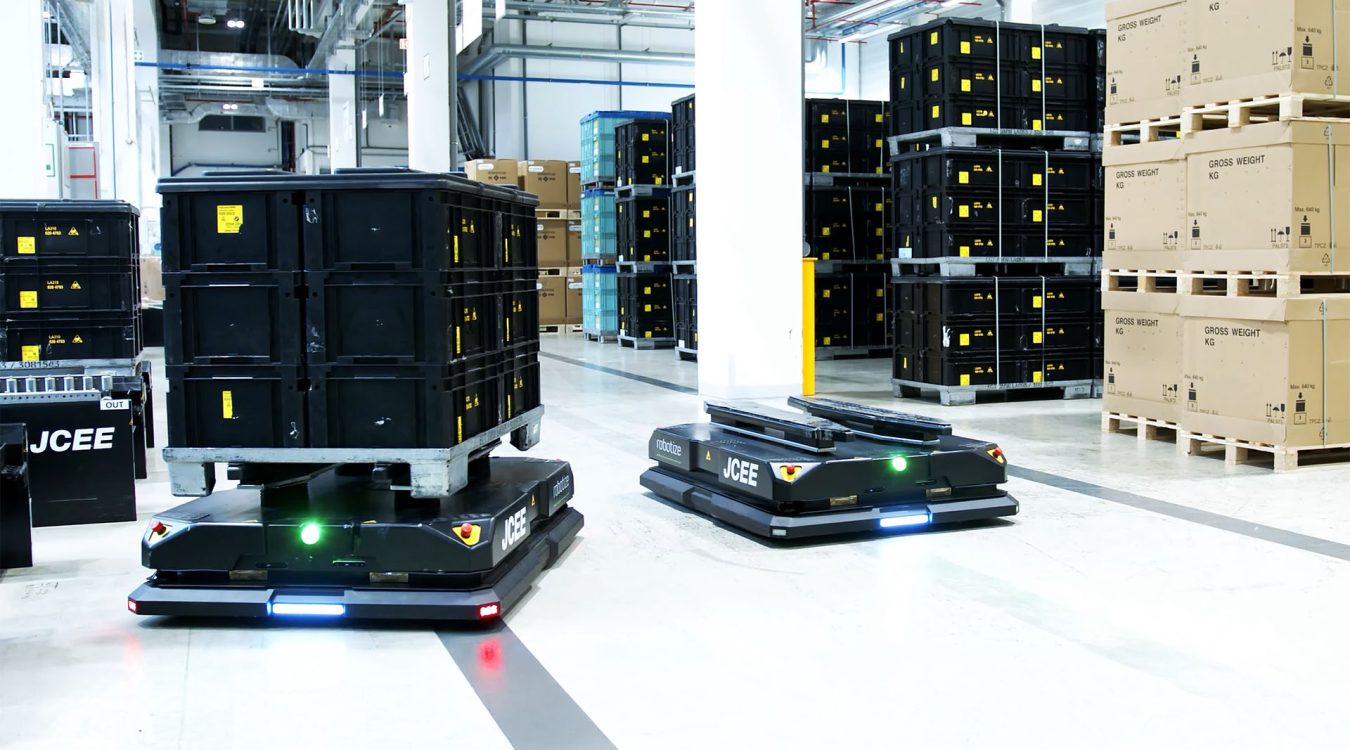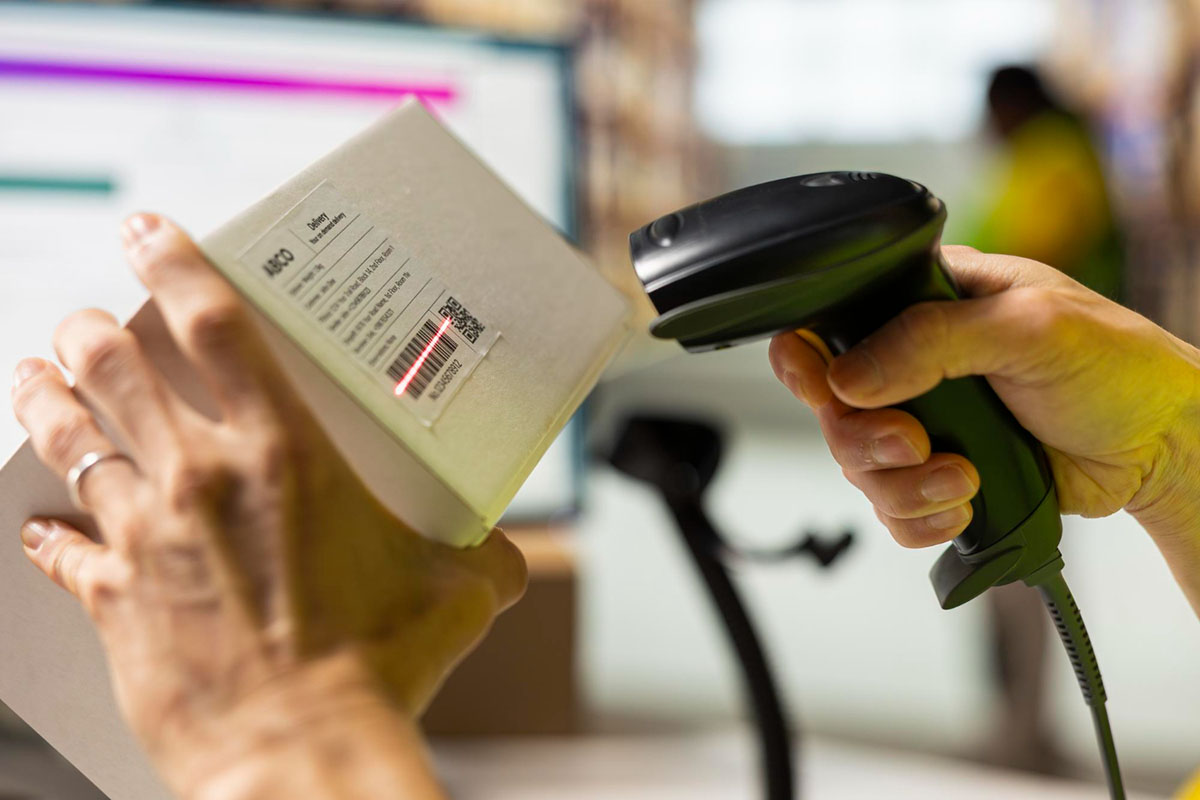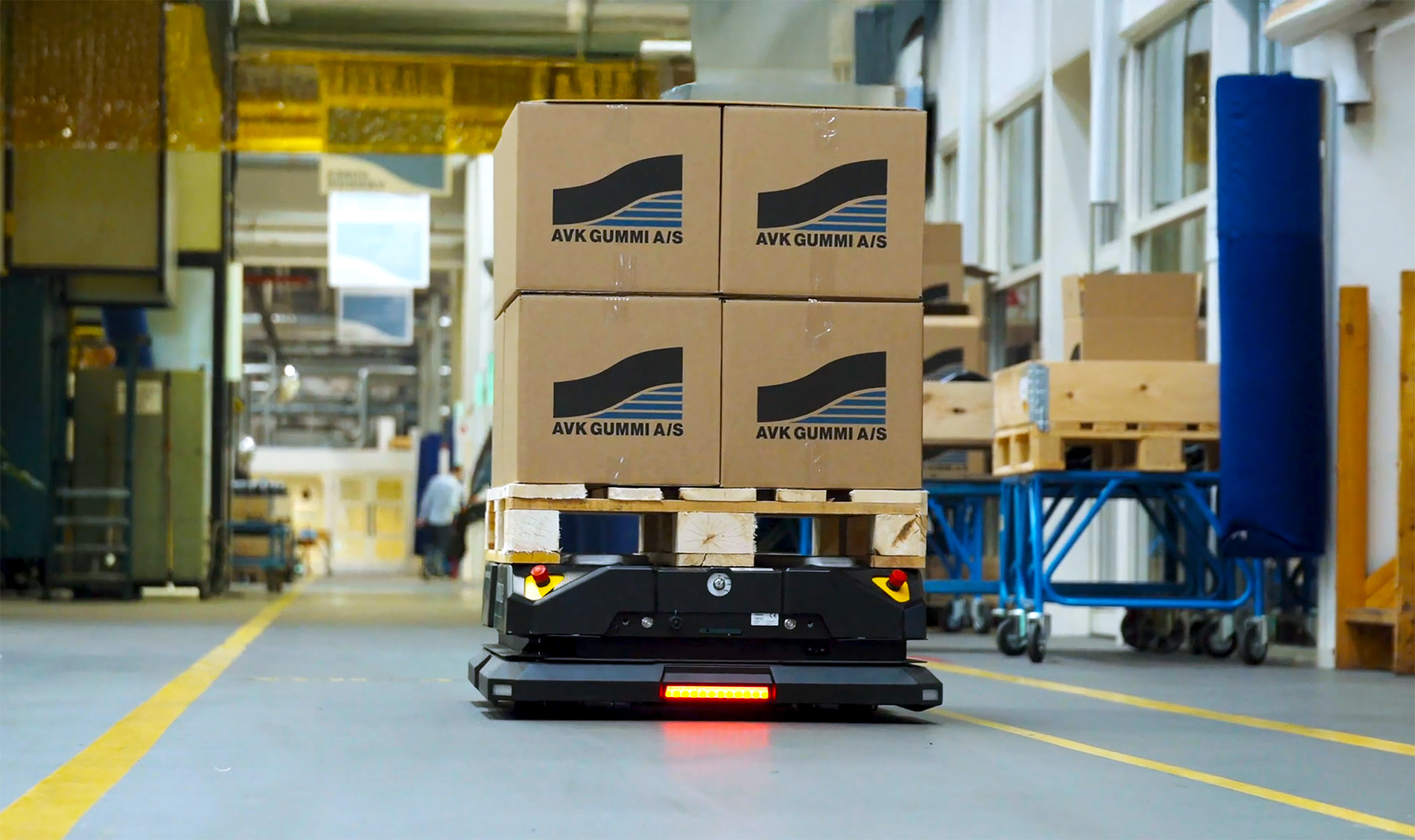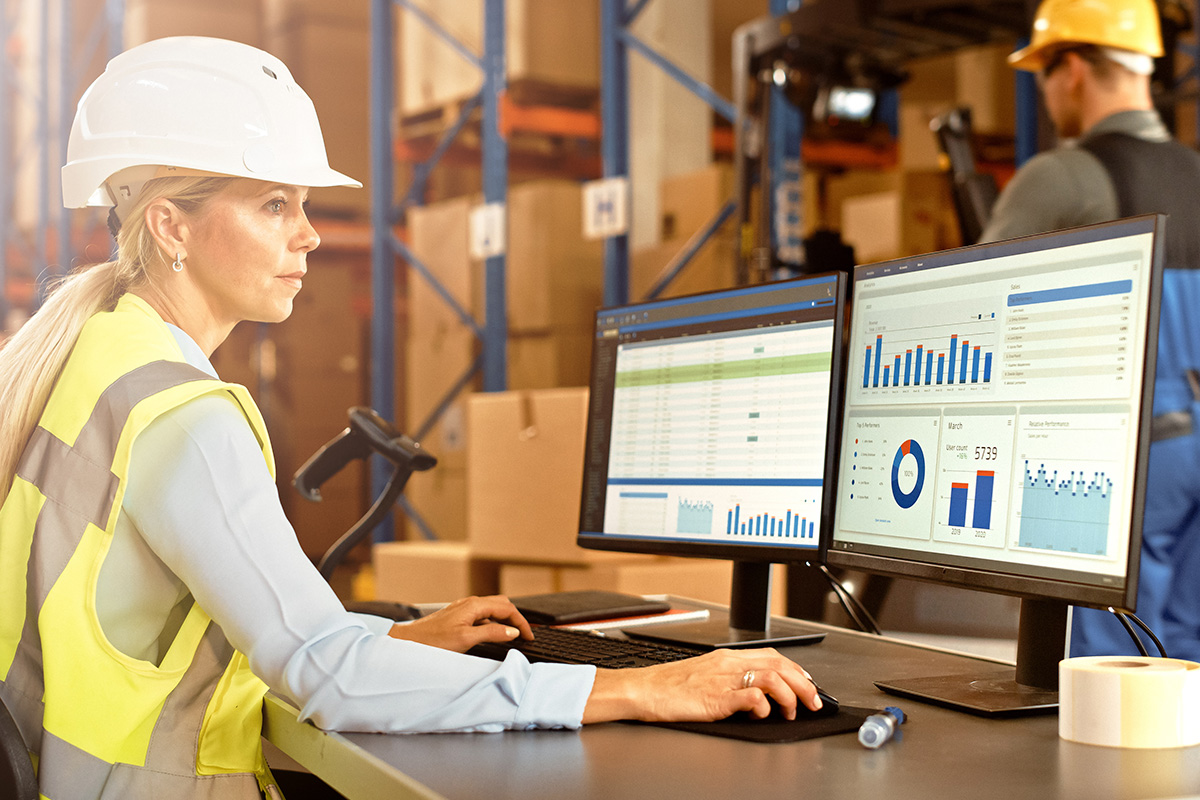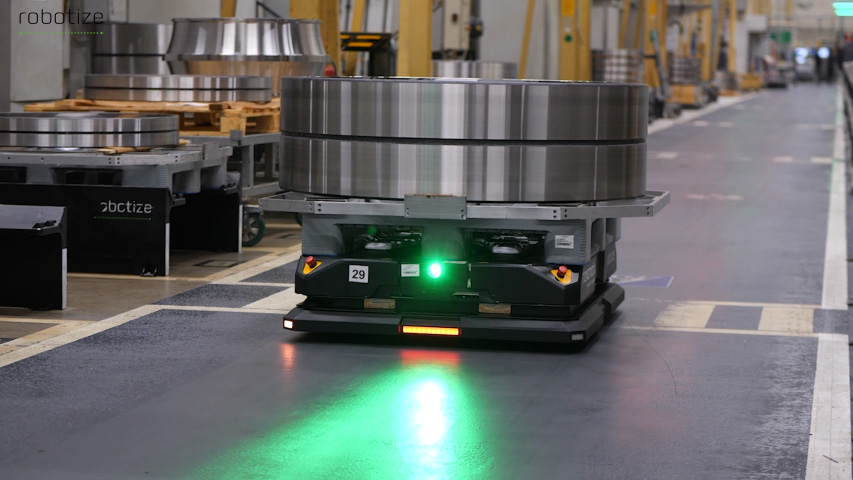
The circular manufacturing ecosystem - how mobile robots and automatic identification technology are improving production logistics
For many years now, the logistics and warehousing industry has been reaping the full benefits of process improvements resulting from automatic identification solutions based on the technology of barcodes barcodes, 2D codes and RFID .
However, not everyone is aware of the enormous potential of using these technologies in manufacturing sectors – especially in the area of production logistics.
In this article, we outline how to build complete circular ecosystems to support the digitization of production preparation, supervision and reporting.
MES system - digital production management center
For warehouse processes, the operational kernel is the WMS system , while in the area of production the key role is played by MES (Manufacturing Execution System)class systems . They are responsible for planning, preparation, execution and reporting of production.
In HKK Group’s solutions, such as DigitIO Factory , the MES system combines a planning and scheduling layer with ongoing process supervision.
By integrating with sensors, readers and controllers, MES monitors both machine operation and operator activities. What’s more, MES and WMS systems work together at key points in the production chain – including the delivery of components to the production line, the logistics of finished products or the return of unused materials to the warehouse.
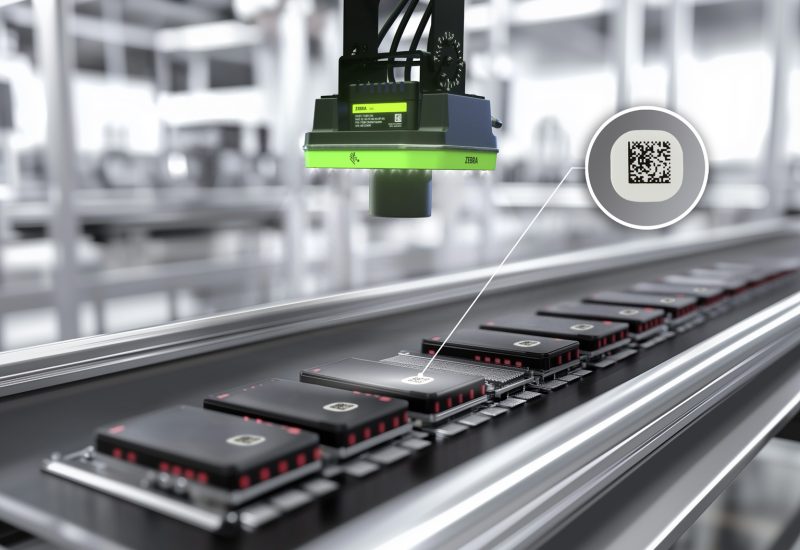
Barcodes, 2D and RFID - automatic identification in production, machine vision
How to control production in progress without interrupting the process? One of the most effective ways is to use
automatic identification systems
based on barcodes, 2D codes or
RFID technology
.
With a network of code readers, it is possible to precisely track production – detecting downtime, deviations from standards or errors.
Advanced vision systems offered by HKK Group, such as the brands Zebra and Datalogic, enable not only code reading, but also image analysis – defect detection, handwriting reading(OCR) or real-time component quality control.
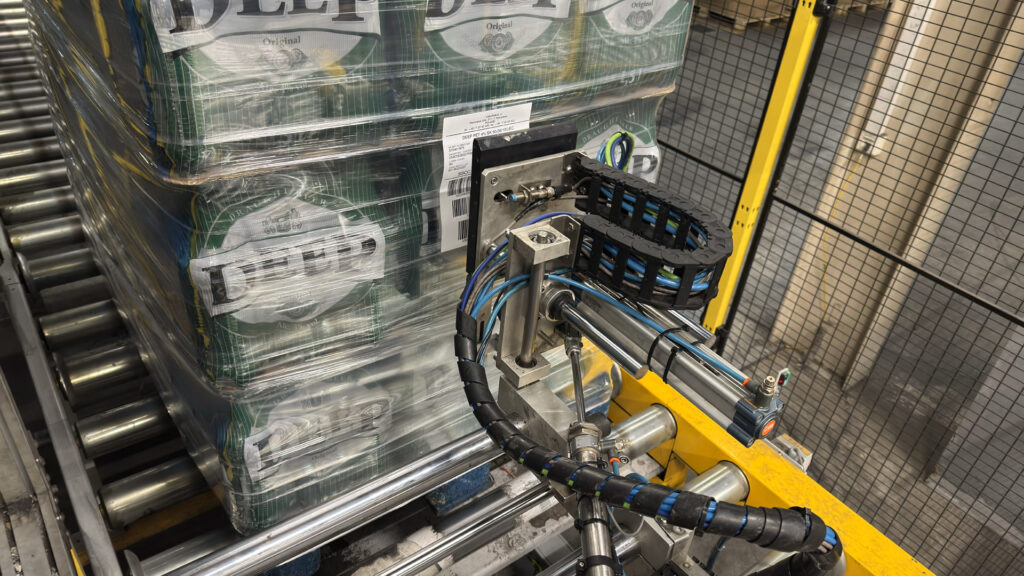
Post-production automation - pallet inspection and labeling
Automatic identification technologies improve not only the supervision of production, but also post-production processes, from automatic palletization to labeling of pallets and receiving finished goods.
The use of integrated systems allows you to control the construction of pallets, automatically read the codes of all packages on the pallet and generate pallet labels before transferring them to the finished goods warehouse or shipping them to the customer.
Such solutions increase accuracy, eliminate manual errors and speed up the preparation of goods for further transportation.
Internal transport - automate pallet flow with AMR robots
Manufacturing requires constant support of operators at the interface between the warehouse and the production area. Delivering components, receiving finished products and returning unused materials are processes that often involve pallets and forklifts.
However, they are increasingly being replaced by AMR (Autonomous Mobile Robots), which autonomously transport pallets between defined points, without the need for operator intervention. They operate on the basis of SLAM (Simultaneous Localization and Mapping) technology, which allows them to map a space and move safely through it, without having to adapt infrastructure.
AMR robots provide a high level of work safety, reduce operating costs and, importantly, pay for themselves in as little as a dozen months after deployment.


